
3D animation, Eleven steps to creating it.
These days 3D animation or CGI is used in almost every kind of media. From animation to motion graphics, from film special effects to illustrations and gaming, from real estate to architectural firm use 3d rendering and animation. If you don’t know the basics of how 3D works here follows a simple overview of creating a 3D animation.
Sketches and drawings

Whether you’re making an architectural drawing or a cartoon character it will nearly always start with a simple sketch. A 2D drawing, whether on a computer or with pencil and paper, is fast to create and easy to change. This is where creativity begins. Because drawing by hand is so fast, it’s the best place to start with a new project and the best place to make your key creative decisions.
Storyboarding
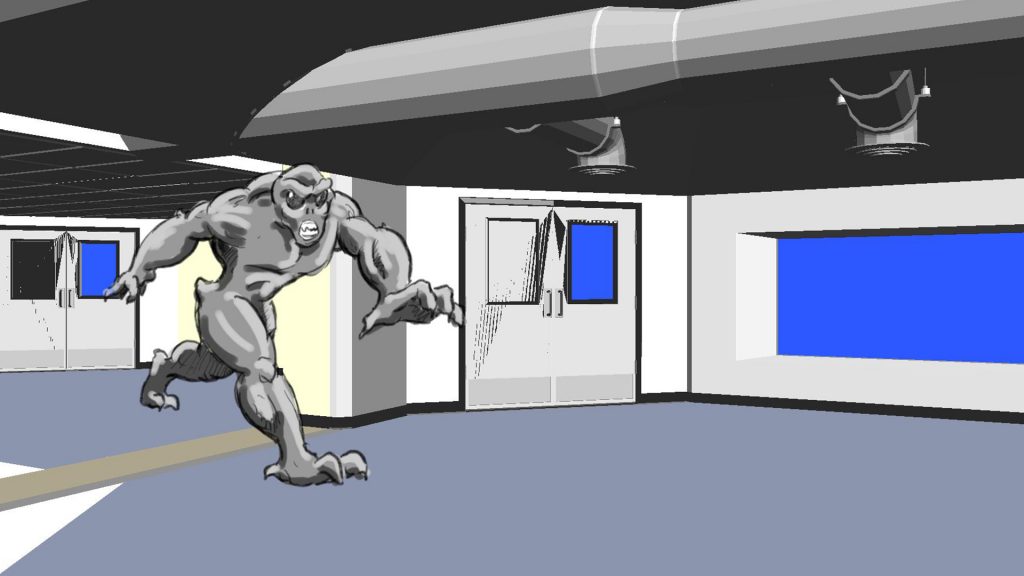
When creating an animated sequence, advert, short film or movie a storyboard is essential. It’s the fastest and most economical way to see if your story or message is going to work without having to put in all the detail of the final piece. The storyboard gives the creative team an opportunity to decide which parts of the film need to change before it’s too late or too costly to do so.
3D Modeling
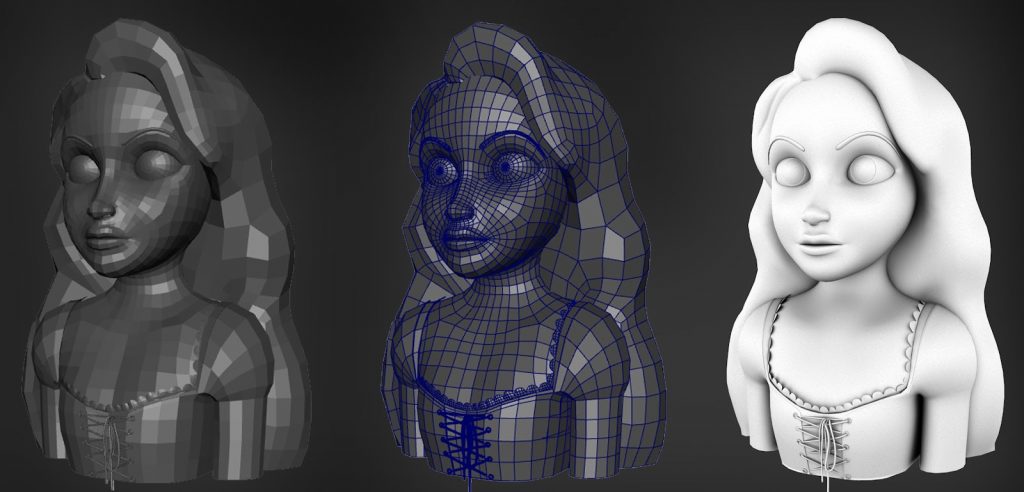
From your 2D drawings, it’s now time to turn them into a three-dimensional model on the computer. Preferably, you will have a combination of side, front, back and top views to work from. It’s a fairly slow process but it all starts with connecting polygons together to create an outer shell of the object you are wishing to visualise.
There are various methods and tools used to build the 3D rendered model but the ultimate goal is to create a clean, optimized model that is a fair representation of your original goal. A 3D model that will be suitable for texturing, lighting, animating and rendering at a later stage.
Character rigging

If your 3D model is a character that needs to be animated then it will have to be rigged. This is the process of putting a virtual skeleton beneath the outer wireframe shell. Rigs can very complicated to create. 3d riggers use a variety of techniques such as joints, muscle simulations, IK and FK dynamics, morphing and skin weighting. The final rigged character will be used by an animator in order to bring the story to life.
Texturing
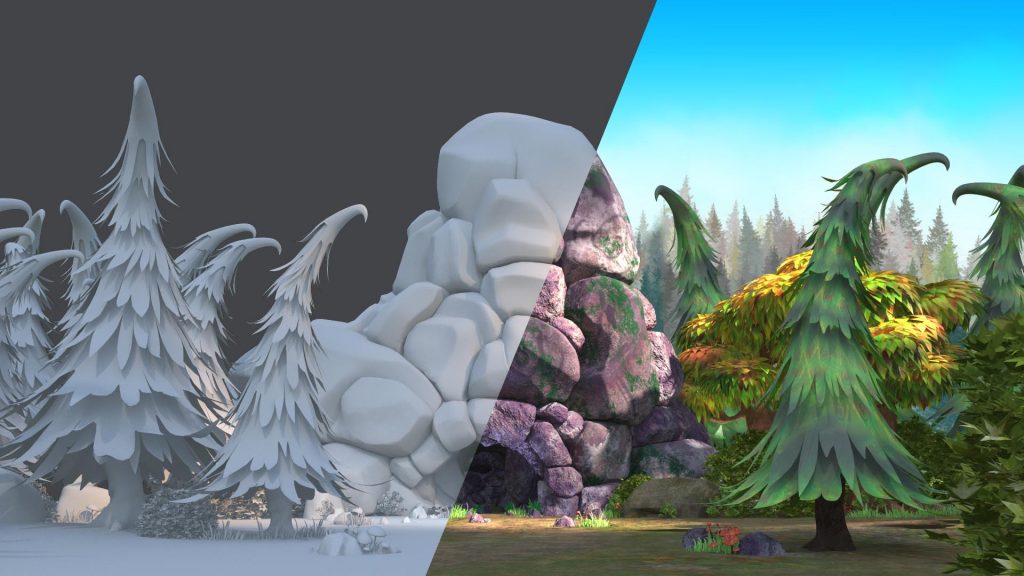
Texturing is the part of the creative process that puts in the bumps, reflections, colour, and other bits of surface detail that will be seen in the final render. Texturing can be simple or complicated. Although certain realistic techniques such as blurred reflections and sub-surface scattering will add greatly to render times.
Lighting
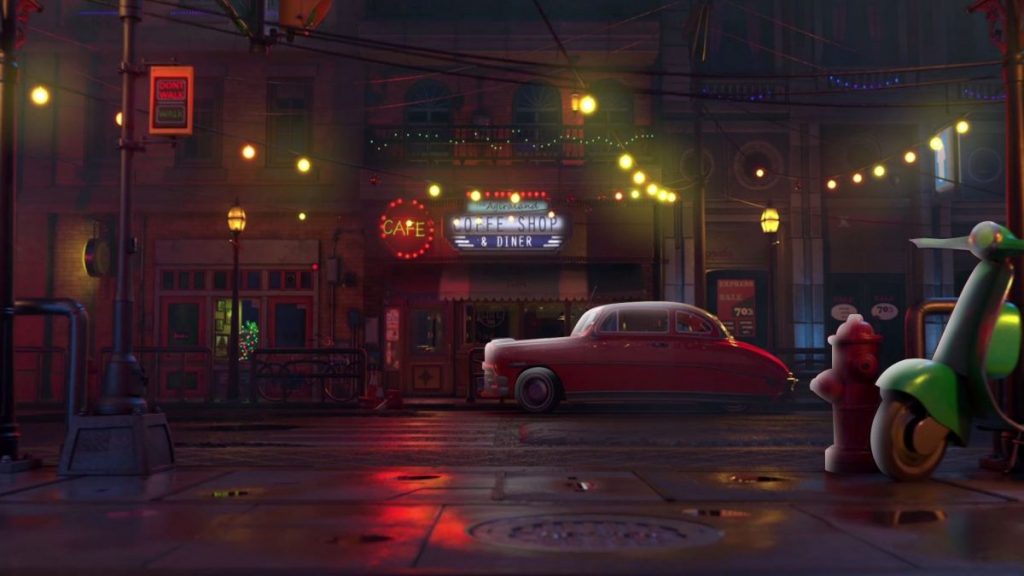
Lighting the 3D scene is both an artistic and technical job and absolutely vital in creating the final look and feel of the finished image. Lighting is a crucial aspect of any professional 3D rendering. Similar to a poorly lit photograph, a 3D scene without the correct lighting will never look good no matter how much work has gone into the other parts of the process. 3D artists use light set-ups such as virtual spotlights, tube lighting and the popular but CPU intensive global illumination. There are also different types of shadow simulations such as soft, hard or realistic area shadows. The more photorealistic the shadows and lighting, the more processing power and time it will take to render the final image.
Sound
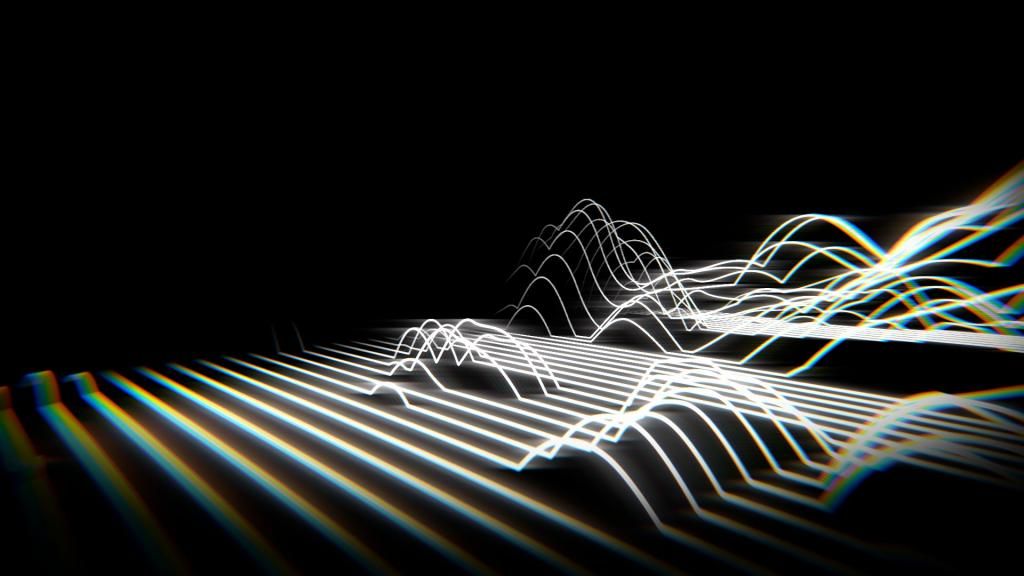
If a voice is to be used in the final film then it’s best to record the actor’s voice early on in the production. An animator will need to lip-sync the characters to the recorded audio unless it is a voice-over. Just like any movie or tv production, sound fx and music are added at the end of the production, although ideas for them can begin at any time.
Animation
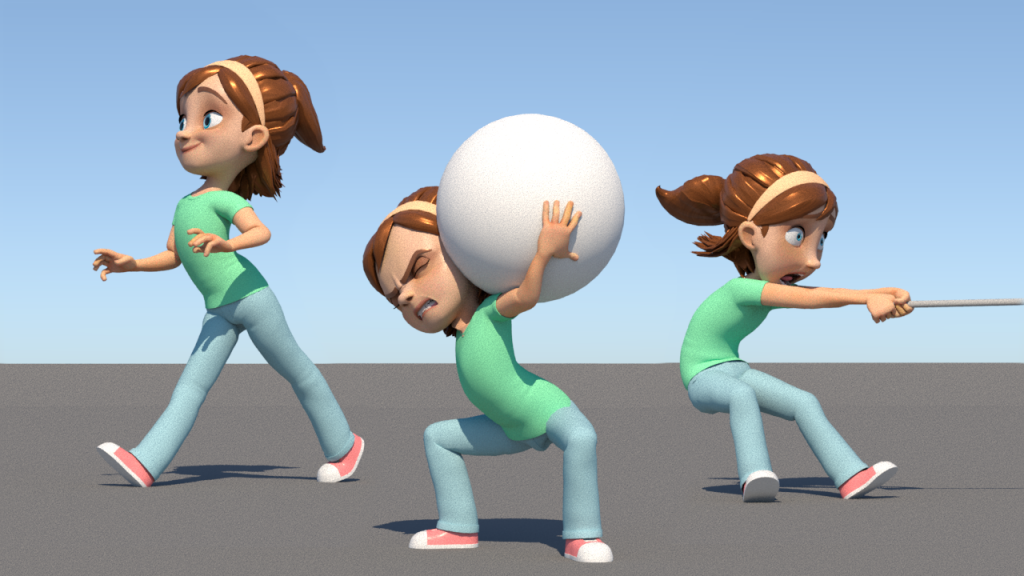
Animation is a time-consuming and expensive art form that has developed over the decades. There are tricks that can be used to speed up the process but this will ultimately effect the quality of the final animation. Cartoon animation is not the same as motion-capture as it uses special techniques such as exaggeration and squash and stretch – creating poses that aren’t really possible in the real world but that still seem believable.
Dynamics and Simulations
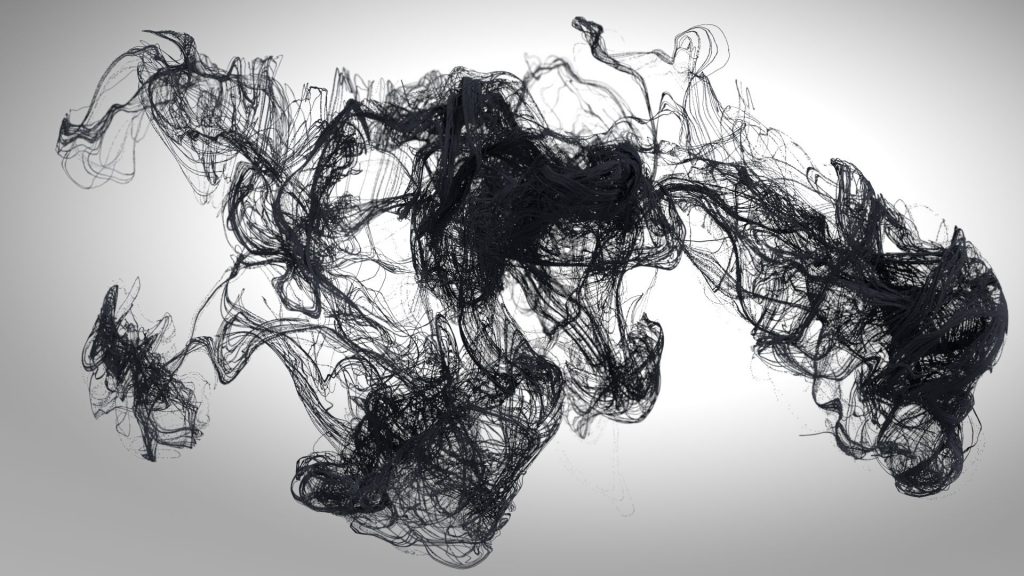
There are certain animated elements that may be better suited as a simulation, such as hair and cloth. Sophisticated Hair and Cloth simulations multiply greatly to the final render times and so are not usually used in TV animation.
Rendering
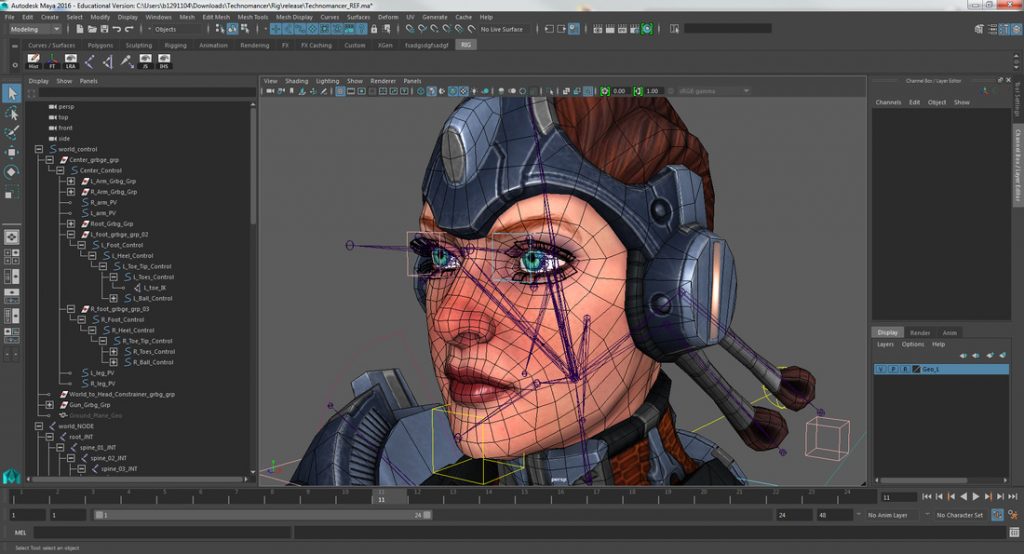
3d rendering services are needed when choosing the viewing angle of a 3D animation scene that a computer converts into a realistic image. The final render will include all the lighting, shadows, textures and that affect the surface of the 3d models. Animated movies are often 24 frames per second and just one of these frames can take anything from minutes to hours to days to render. By joining up numerous computers, or render farms, these frames can be calculated at a faster rate. In general terms, the more complexity in the scene, the longer the render times.
The Final Edit
At the very end of the process, the rendered scenes will need to be cut and pasted together in order to make the final edit. At the same time, all the sounds and music are carefully mixed together to create the final movie. If all these steps are done well, then the final film will be a visual success.



